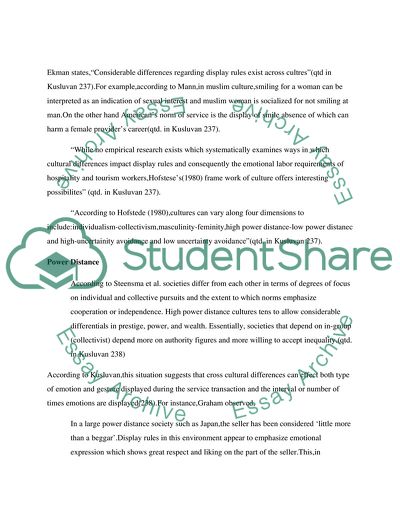Cite this document
(Cross Cultural Issues in Tourism and Hospitality Term Paper, n.d.)
Cross Cultural Issues in Tourism and Hospitality Term Paper. Retrieved from https://studentshare.org/tourism/1559081-cross-cultural-issues-in-tourism-hospitality
Cross Cultural Issues in Tourism and Hospitality Term Paper. Retrieved from https://studentshare.org/tourism/1559081-cross-cultural-issues-in-tourism-hospitality
(Cross Cultural Issues in Tourism and Hospitality Term Paper)
Cross Cultural Issues in Tourism and Hospitality Term Paper. https://studentshare.org/tourism/1559081-cross-cultural-issues-in-tourism-hospitality.
Cross Cultural Issues in Tourism and Hospitality Term Paper. https://studentshare.org/tourism/1559081-cross-cultural-issues-in-tourism-hospitality.
“Cross Cultural Issues in Tourism and Hospitality Term Paper”. https://studentshare.org/tourism/1559081-cross-cultural-issues-in-tourism-hospitality.


